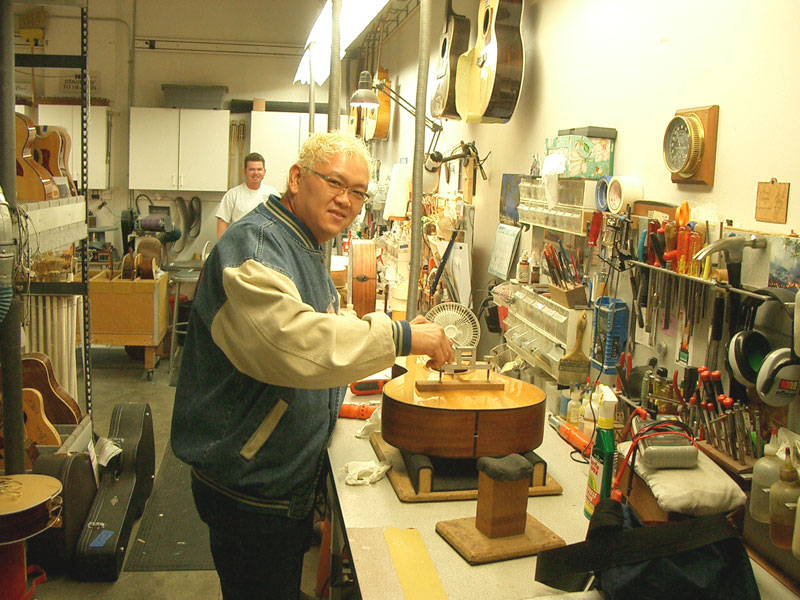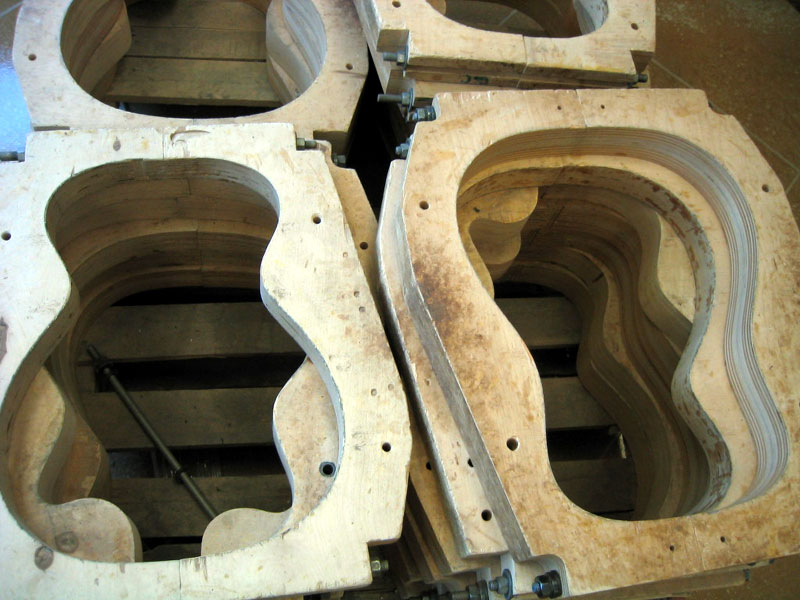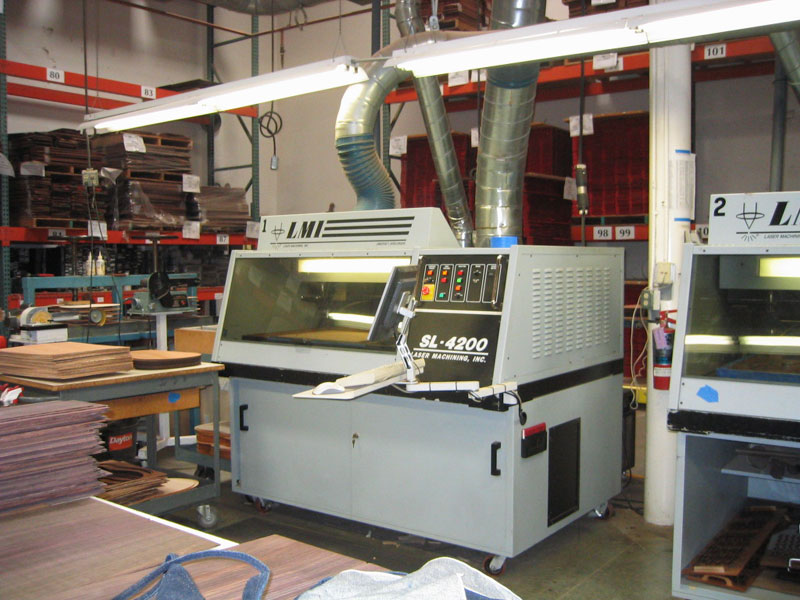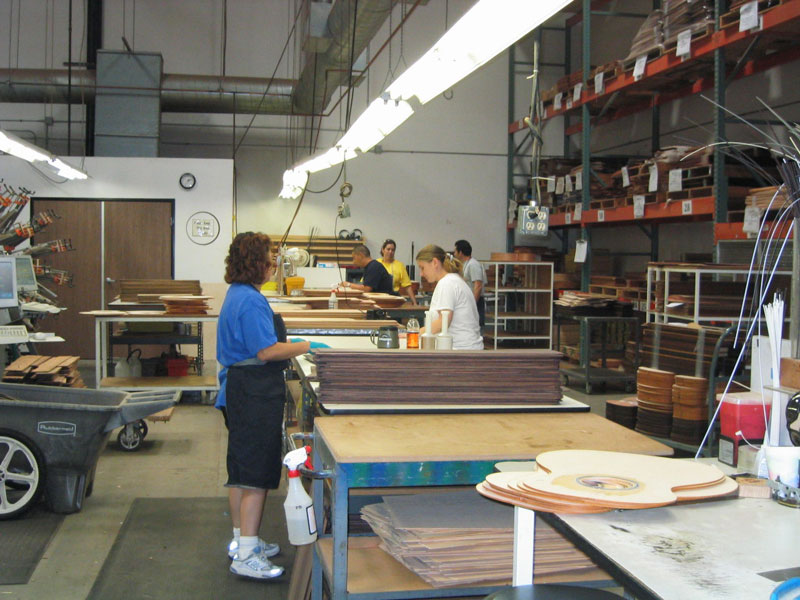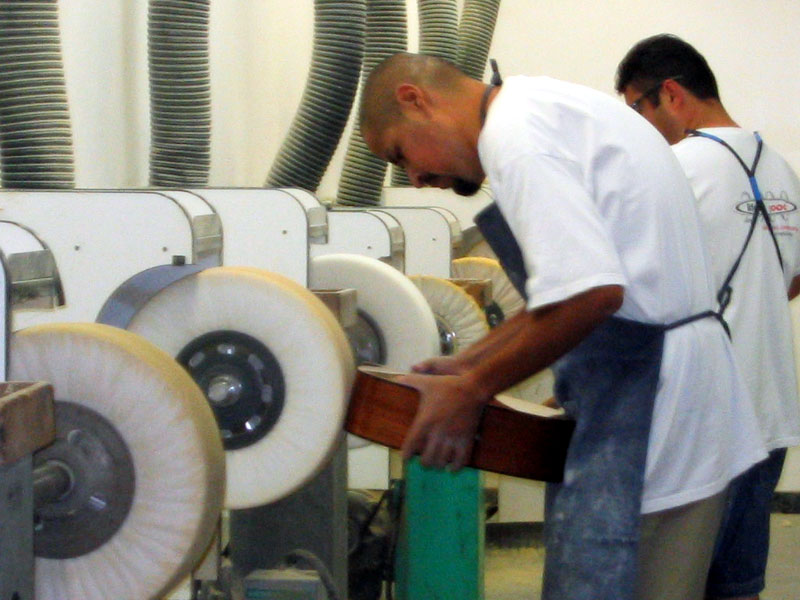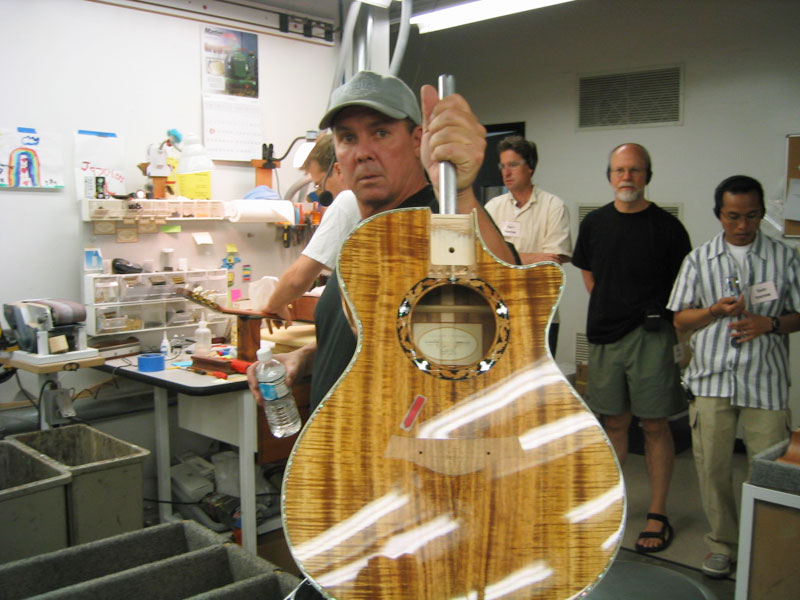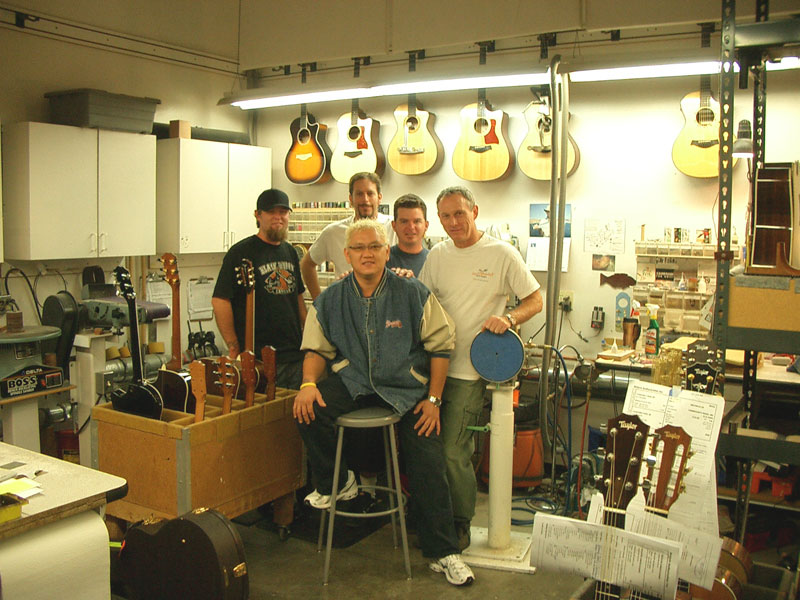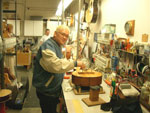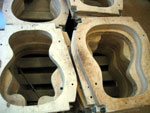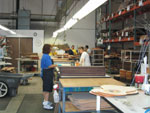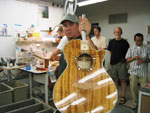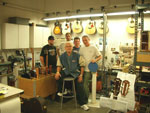
I feel that (Dr) Steve is a very knowledgeable repairman and I have the utmost confidence in his abilities to repair Taylor Guitars.- Rob Magargal, Repair Department Supervisor at Taylor Guitars
..... a crack on the bottom of my guitar with the bindings slightly undone. I collected my .......... (from Sinamex Guitar Hospital) yesterday and I am very pleased with the repair. He (Guitar Doc) had sealed up the crack very nicely. Thought I dropped a note to thank you...- Pine Kyaw (owner of an expensive guitar)
If you need a luthier in Singapore- they get no better than Doc Steven Lee at Sinamex Guitar Hospital - he made my Warwick fretless humm!
As an expression of our intense love for guitars, we take it upon ourselves to provide the best health care service for guitars (acoustic, electric or bass). Besides looking after our loved ones (customers) that have guitars with special names like Timothy, Taylor, Simon & Patrick and Musicman, we extend our expertise and experience to all with any name. If your guitar is not well, send him or her to us and we assure you that he or she will feel and sound much better after our treatment. And don't worry, although the medical costs we charge cannot be covered by Medisave*, we assure you that it will be affordable as this is our way of making this world a better place for guitars. Contact us
* A government health care plan in Singapore
Why Does A New Guitar Need A "Set-Up" ?
Someone brought a guitar in the other day. The guitar was uncomfortable to play. High action, buzzing in the centre of the fretboard. "Why?" the customer asked, "This guitar is brand new!" Every guitar should start it's life with a proper set-up, but not every new guitar is set to tolerances that the average guitarist would be happy with. Why? There are a few reasons....
Players have different needs and expectations from a guitar
There is no one adjustment that is universal - the string height at the nut, but to a degree, neck relief can vary from guitar to guitar, overall string height can vary from player to player, and string gauge is a personal thing, which affects every setting.....
The climate a guitar is stored in affects the overall set-up
Wood absorbs and releases moisture. Guitar necks and acoustic guitar bodies swell and shrink with fluctuations in humidity. This causes subtle and sometimes dramatic changes in string height and neck curvature. In the ideal scenario, a guitar is always in a place where the relative humidity is around 50% and the temperature is 24 degrees. In reality, this is rarely the case. While some guitar makers require their distributors to store and show guitars in a climate controlled room, in reality not all do. A guitar set to close tolerances is going to be affected by any changes in humidity and temperature.
Even a "new" guitar may have been sitting for a while before you bought it
Guitars "settle in" over time and often need adjustment for this reason alone....
Some new guitars don't need a complete set-up, just an adjustment
Many guitars come out of the factory with a good but not great set-up, this combined with climatic changes, or a change in string gauge compared to what is factory-installed, may require some minor adjustments.









